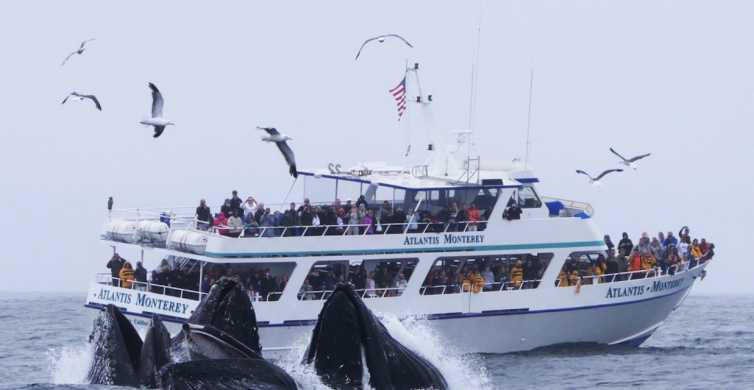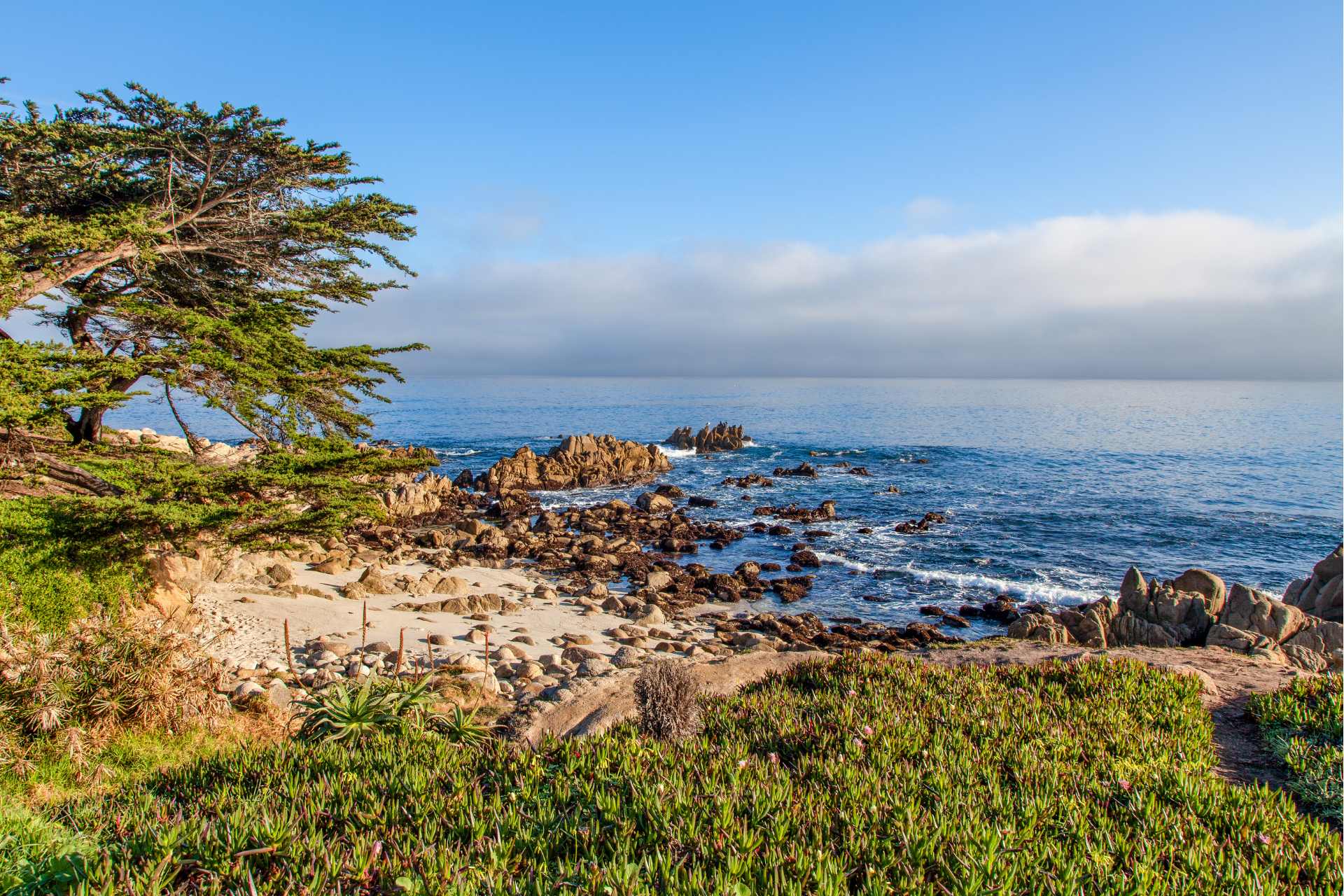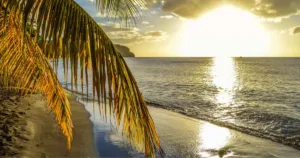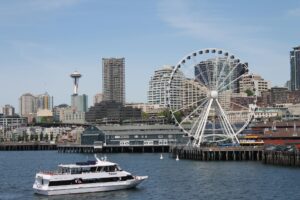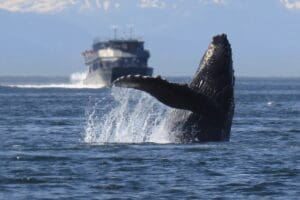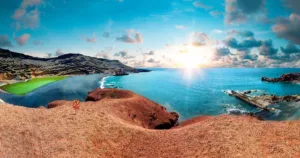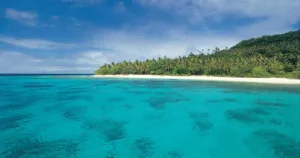Monterey Bay Whale Watching Adventure
Embark on an unforgettable journey into the marine wilderness with the Monterey Bay whale watching adventure, an experience that will have you sailing across the peaceful waters of Monterey while marveling at the majestic beauty of the gentle giants of the sea. Your adventure awaits as you cruise alongside these awe-inspiring creatures, witnessing their elegant ballet in the deep blue and learning about their fascinating lives from knowledgeable guides. This is your chance to get up close and personal with nature’s colossal ocean dwellers on a voyage that promises to be as educational as it is thrilling.
The Allure of Monterey Bay
Monterey Bay is a jewel nestled on the Central Coast of California, a place where the natural world seems to converge in a symphony of life. The bay’s sublime beauty and rich marine habitat have long captured the hearts of nature enthusiasts, marine biologists, and adventurers alike. Whether you’re drawn by the rolling waves or the complex ecosystems below, Monterey Bay offers an unforgettable experience.
Unique Marine Ecosystem
You’ll find that the marine ecosystem of Monterey Bay is unlike any other. Due to its deep submarine canyon, similar to the Grand Canyon, it provides a nutrient-rich environment that supports an incredibly diverse array of marine life. The cold currents from the deep sea mingle with the sun-warmed waters at the surface, creating the perfect conditions for phytoplankton, sustaining a rich food web.
History of Marine Research
Your interest in the underwater world is well catered to here, as Monterey Bay boasts a storied history of marine research. Institutions like the Monterey Bay Aquarium Research Institute and Stanford’s Hopkins Marine Station have contributed decades of groundbreaking work to our understanding of oceanography and marine biology. This legacy of study and conservation is part of what makes the bay such a cornerstone for marine science.
Monterey Bay’s Biodiversity
When it comes to biodiversity, Monterey Bay is astounding. Many species coexisting in this dynamic habitat, from the tiniest plankton to the great Blue Whale. Protected marine areas ensure that life thrives, offering you a glimpse of kelp forests teeming with fish, busy otters, lounging seals, and an array of cetacean species that grace the waters with their presence.
Understanding Whale Watching
What is Whale Watching?
For you, whale watching is an exciting opportunity to observe these majestic creatures in their natural habitat. It involves heading out onto the water on a vessel equipped with little more than your senses and a sense of wonder to look for and learn about whales as they go about their daily lives.
Best Season for Whale Sightings
You’ll be keen to know the best time for whale sightings. In Monterey Bay, every season offers a chance to see whales, but the peak times to visit are when migratory patterns bring an abundance of these cetaceans close to shore. Spring and fall are particularly spectacular, with spring bringing the Gray Whales and fall, inviting humpbacks and blue whales into the bay.
Species of Whales in Monterey Bay
When you embark on a whale-watching adventure in Monterey Bay, you will likely encounter several awe-inspiring species. Humpbacks and Blue Whales are often the show’s stars due to their impressive size and behaviors. Gray Whales pass through on migration, and you may even spot a pod of Orcas on the hunt or a Minke Whale flitting through the water.


Choosing Your Whale-Watching Adventure
Types of Whale-Watching Cruises
For your adventure, various types of whale-watching cruises are on offer. Standard tours last a few hours, while longer excursions dive deeper into the area’s ecology. Some cater specifically to photography enthusiasts or those desiring a more scientific slant to their journey.
Private vs Group Tours
You might be deciding between a private and a group tour. Private tours offer a more personal and customizable experience, ideal if you’re seeking a bit more intimacy or time with the whales. Group tours are a fun way to share the excitement with others and often come at a more budget-friendly price point.
Daytime vs Sunset Cruises
You also have the choice between daytime and sunset cruises. Daytime tours offer the brightest conditions for spotting whales, while sunset cruises provide a serene experience as you watch these gentle giants with the backdrop of a beautiful sky.
Selecting a Reputable Company
In selecting a company for your whale-watching experience, consider factors like safety records, environmental practices, and the expertise of their staff. Choosing a reputable company ensures not only a better experience for you but also supports responsible tourism in the bay.
Preparation for the Trip
What to Wear
You’ll want to dress appropriately for your whale watching trip. Layers are key, as the weather can be quite variable on the water. A waterproof and windproof jacket is a must, as well as non-slip shoes. Don’t forget hats and gloves if you’re heading out during the cooler seasons.
Items to Bring Along
Aside from clothing, you should bring binoculars for a closer look, a camera to capture the moments, sunscreen, and maybe a book on local wildlife. Remember to pack snacks and water, but check with your chosen tour operator first, as some may provide refreshments.
Seasickness Considerations
If you’re concerned about seasickness, taking preventative measures before your trip is wise. Over-the-counter remedies or prescription medications should sort you out, but natural remedies like ginger or acupressure bands might be enough to avoid nausea.
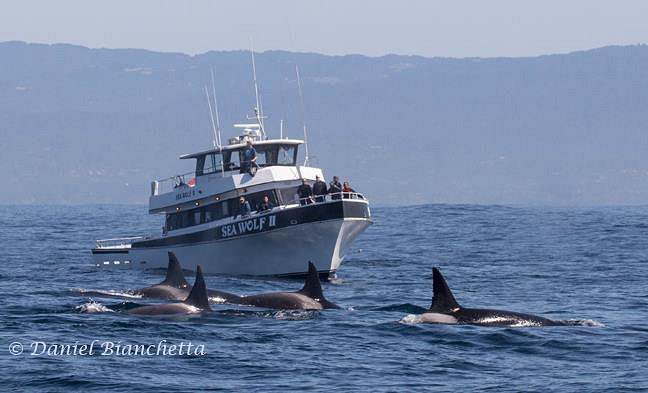

Embarking on the Journey
Departure Points
You’ll find several departure points around Monterey Bay, with the city of Monterey itself being the most popular. Other locations might include Moss Landing or Santa Cruz, depending on your chosen tour operator and their service areas.
Boarding and Safety Measures
Safety is paramount on these tours. When boarding, pay close attention to the crew’s safety briefing. You’ll be informed about the life jackets, emergency procedures, and safe areas to move around while on board.
The Route of the Cruise
Your cruise route may vary depending on the day’s conditions and whale activity. Captains and crews are typically in contact with each other to share sightings, ensuring you have the best chance to see whales during your tour.
The Whale Watching Experience
Onboard Amenities
Even if whales are your main focus, onboard amenities can make your journey more comfortable. Many tours offer indoor and outdoor seating, restrooms, and some form of refreshment. These little comforts ensure you can stay focused on the spectacle of nature around you.
Interaction with Marine Life
While on a whale-watching cruise, you might also encounter dolphins, seals, sea lions, and various sea birds, making your interaction with marine life all the more diverse and enriching.
Educational Commentary from Guides
One of the joys of a guided tour is the educational commentary provided by knowledgeable guides. They offer insights into whale behavior, conservation efforts, and the ecology of Monterey Bay, which deepens your appreciation for the experience.
Responsible Whale Watching Practices
It’s heartening to know that responsible whale watching practices are the norm in Monterey Bay. Tour operators respect the welfare of the whales, maintaining safe distances and minimizing disruption to their natural behaviors.
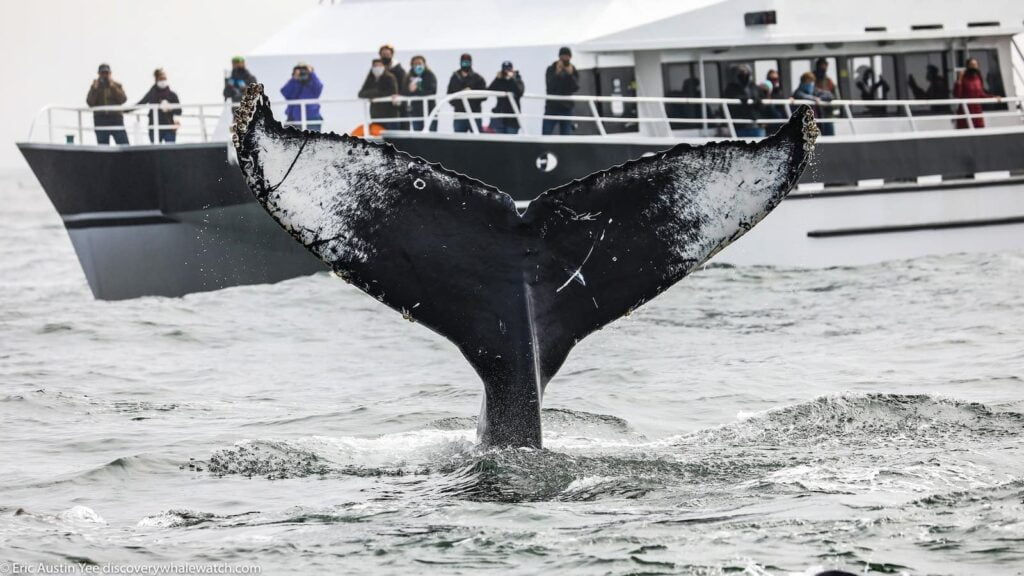

Prime Locations for Whale Sightings
Feeding Grounds
The feeding grounds near the submarine canyon’s edges are prime locations for whale sightings. Here, you’re likely to see humpbacks lunging through schools of fish or krill, an unforgettable sight.
Migration Paths
You’ll also learn about the migration paths that many whales follow. Monterey Bay lies along the route for species like the Gray Whale, offering an annual spectacle as these leviathans make their long journey.
Spotting Techniques and Tips
Experienced spotters may share techniques and tips with you. Look for blow spouts, fluke prints on the water’s surface, or gatherings of birds, which might indicate whales below. Patience and a keen eye are your best tools.
Photography and Whale Watching
Best Practices for Marine Wildlife Photography
For the photographically inclined, understanding best practices for marine wildlife photography will greatly increase your chances of capturing that perfect shot. Things like focusing on the eye of the whale, being patient for the right moment, and considering the light and background can make a world of difference.
Equipment Recommendations
The right equipment matters too. A good zoom lens will keep you at a respectful distance while still capturing the action. A polarizing filter can help reduce glare from the water, and extra batteries and memory cards are a must to keep you shooting all trip long.
Capturing the Perfect Whale Photo
Capturing the perfect whale photo requires an intersection of preparedness, skill, and a touch of luck. Pan with the movement of the whale, anticipate behaviors for action shots, and always be ready—the ocean is full of surprises.


Conservation and Research Efforts
Local Conservation Initiatives
Monterey Bay’s local conservation initiatives ensure that this special place remains vibrant and life-rich. Your participation in whale watching tours helps to fund these efforts, contributing to the sustainability of the bay’s ecosystems.
Contribution of Tourism to Conservation
The contribution of tourism to conservation is significant. It promotes awareness, generates funding, and supports local businesses that prioritize environmental stewardship. As a tourist, you’re part of a positive cycle that benefits the bay.
Ongoing Research in Monterey Bay
Research in Monterey Bay continues to thrive with your help. Every whale watching trip can contribute to science, as sightings and behaviors are often logged and shared with research institutions, adding to a growing knowledge database.
Planning Your Visit
Accommodations around Monterey Bay
When planning your visit, you’ll find a range of accommodations around Monterey Bay to suit your needs. From quaint B&Bs to luxurious hotels, there’s something to match your style and budget.
Best Time of Year for Visiting
The best time of year for visiting depends on what you want to see. For whale watching, spring through fall is ideal. However, the bay is beautiful year-round, and each season brings its own unique experiences.
Local Dining Experiences
After a day on the water, Monterey Bay’s local dining experiences await. Fresh seafood is a must-try, and there are plenty of dining options where you can enjoy the local catch while reflecting on your thrilling day of whale watching.
As you can see, a Monterey Bay whale watching adventure offers much more than a glimpse of these ocean giants. It provides a connection to nature’s wonders, insights into a vibrant marine habitat, and an invitation to be part of conservation efforts that ensure future generations can also marvel at these spectacular creatures. Get ready, pack your gear, and embark on an adventure that you’ll cherish forever.gf
